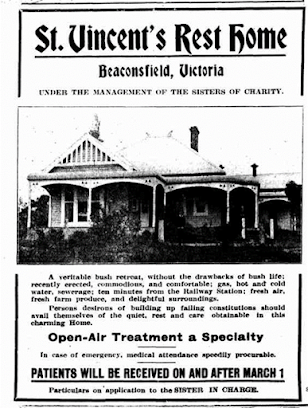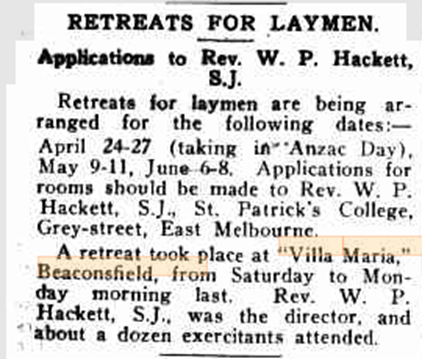The farm itself is located on land previously owned by Thomas Carroll, a former Mayor of the City of Malvern. Whilst under his ownership in the early 1900s, the site operated as a dairy farm (Harding 1993:36). In 1932, the land changed hands and was sold to Arch McKinnon. Mr. McKinnon operated a pig farm and offered land for agistment (Harding 1993:36). He was also responsible for building the craftsman bungalow that still stands today. An exact date for the building's erection is unknown, however the bungalow is of architectural significance, built with red brick, a Dutch gabled roof, dormer windows and several farmhouse motifs including attic windows and external chimneys (Context Pty. Ltd. 1993:236).

Craftsman Bungalow, October 1993. Connected Libraries Local History Archive.
When the Ministry of Housing began purchasing land in Doveton during the 1950s, in anticipation of establishing housing estates for the thousands of workers employed at the International Harvestor Company, H. J. Heinz and General Motors Holden factories, land was set aside for a community farm development (Harding 1993:36). However, as noted by Maria Harding, community interest in the establishment of the promised community farm grew in 1982 (Harding 1993:36).
By 1984, the Myuna Farm was opened to the public by the Friends of Myuna Farm group. I was unable to find any information about why the name Myuna was chosen, however Maria Harding suggests that the word was thought to mean ‘place of clear water and trees’ (1993:5).
Only a year or so later, in 1985/86, the City of Berwick and Dandenong Valley Authority jointly purchased Myuna Farm when the Ministry of Housing withdrew their support due to policy changes (Harding 1993:36). An elected Committee of Management was set up and responsible for overseeing the farm. This arrangement continued until 1990 when the City of Berwick assumed full ownership (Harding 1993:36). It is unclear when, but at some point, the Committee of Management requested assistance from the City of Berwick to manage the community farm. It appears that this Committee may not have taken back responsibility for farm management and so, from 1994, the City of Casey has been responsible for running Myuna Farm.

Myuna Farm, May 1994. Connected Libraries Local History Archive.
Since its establishment, several upgrades have been made around Myuna Farm:
- The large pavillion was built in 1988, funded by the Bicentennial Committee and City of Berwick (Harding 1993:v).
- Beautification and flood/erosion protection were added to the creek, as was the large viewing platform in 1989/90, by the Dandenong Valley Authority (Harding 1993:36).
- The wetlands were added in the 1990s, with funding from Land Care. These wetlands are owned by Melbourne Water (Context Pty. Ltd.1993:236).
- The recycling system opened at the farm in June 1993 (Harding 1993:v).
- The Narre Warren Train Signal Box was relocated to the farm in 1996 (City of Casey 2004: 25).
- A 19th-century cottage from Harkaway was also relocated to the site (exact relocation date unknown) (City of Casey 2025:para. 8).
- The front entrance to Myuna Farm was constructed in 2000 (City of Casey 2004:25).

Animal barn at Myuna Farm. Connected Libraries Local History Archive.
Myuna Farm has also been recognised over the years with several awards, including a City Pride Award in 1994 for Best Maintained Tourist Attraction and another in 1995 for Most Effective Tourist Attraction (City of Casey 2004:25). The farm was also awarded a Sidney Myer Foundation award grant for their long-term unemployed job creation scheme in the 1990s (City of Casey 2025: para. 8).
Now 40 years old, Myuna Farm is significant as one of the few public community farms in Melbourne’s South-East that demonstrates the agricultural and social history of our region (Context Pty. Ltd. 1993:237). The farm is also of local importance for its role in providing local employment opportunities and being a hub for community groups and events, including the Doveton Riding for the Disabled Group (established in 1984 (Harding 1993:v)) and the popular Doveton Show held at the farm each year.
References
City of Casey (2004) Our first decade: City of Casey 1994-2004, City of Casey.
City of Casey (2025) History of Myuna Farm, City of Casey, accessed 3 February 2025. https://www.casey.vic.gov.au/history-of-myuna-farm
Context Pty. Ltd. (1993) Heritage of the City of Berwick, City of Berwick and Australian Heritage Commission, Berwick.
Harding M (1993) Doveton: a brief history, Friends of Doveton Library Inc., Doveton.









































